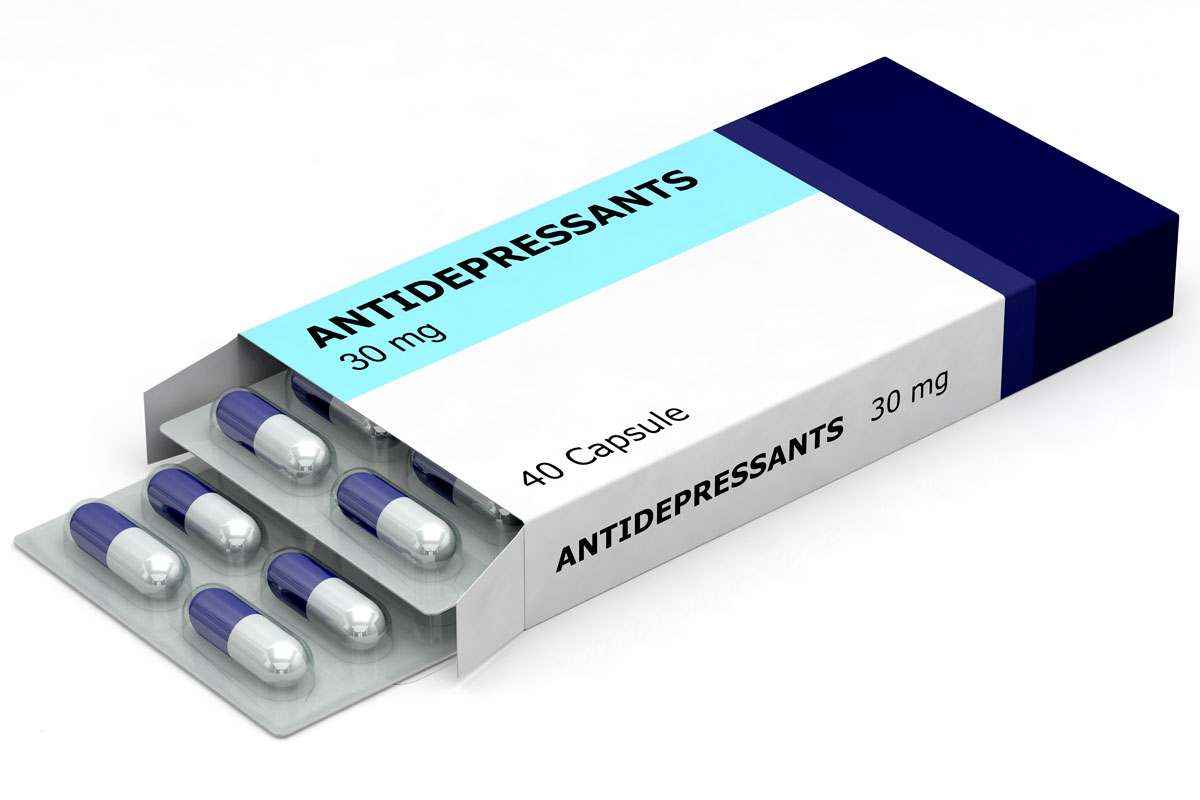 In the International Statistical Classification of Diseases and Related Health Problems 10th Revision (ICD-10) Version 2010, the Chapter VII: Diseases of the eye, adnexa is dedicated specifically for diseases of the eye and adnexa.
In the International Statistical Classification of Diseases and Related Health Problems 10th Revision (ICD-10) Version 2010, the Chapter VII: Diseases of the eye, adnexa is dedicated specifically for diseases of the eye and adnexa.
In this first part and the next post(s) dedicated to relevant conditions and scenarios that affects the eyes, I like to present most (if not all) the relevant conditions and scenarios that affects the eyes, which are considered as the most complex of the four special sense organs.
The relevant conditions and scenarios that affects the eyes are those affecting the structures that are specifically related to vision as well as accessory structures. The eyeball, optic nerve, and brain are the structures related to vision typically activated by a stimulus, such as light, in the external environment which is detected by the cells of the eye, thereby sending electrical impulses to the visual center and other parts of the brain. In addition to allowing light perception, the eye performs other tasks such as color differentiation and depth perception. The accessory structures include the eyebrows, eyelids, ocular muscles, and lacrimal glands.
As you can see from the anatomy of the human eye in the image below, the eye is divided into three layers: the fibrous tunic (also referred to as the scleretic coat – the external layer of the eye divided into two parts, the sclera, also called the white of the eye, and the anterior cornea), vascular tunic (also referred to as the uvea or choroid coat – this is the middle layer of the eye and structures contained in the vascular tunic include the choroid, ciliary body and iris), and lastly the retina (the inner layer of the eye, which is composed primarily of nervous tissue including various types of cells for the primary function of image formation).
As I am not a eye care trained nurse nor an ophthalmologist to provide a full length description of conditions and scenarios affecting the human eye (nonetheless it is pointless doing so, when one can gain such knowledge from any good Anatomy and Physiology academic textbook), and so I shall confine myself to my perspective of past coding experiences and knowledge of common and top conditions and scenarios affecting the human eye that Health Information Management (HIM) / Medical Records (MR) practitioners may also encounter in their everyday coding duties.
If a HIM / MR practitioner reader was to examine closely the Chapter VII, he or she will find (to my best knowledge) the following ICD-10 categories relevant to the eye and adnexa with conditions and scenarios which demand eye care:
C69.*** Malignant neoplasm
D31.*** Benign neoplasms
H01.***: Conditions of the eyelid
H02.***: Entropions
H04.***: Conditions of the lacrimal system
H05.***: Conditions of the orbit
H10.***: Conjunctival conditions
H15.***: Conditions of the sclera
H16.***: Keratoconjunctivitis
H17.***: Conditions of the cornea
H18.***: Keratopathies
H20.***: Conditions of the iris
H21.***: Disorders of iris and ciliary body
H25.***: Cataracts
H26.***: Cataracts, other
H27.**: Conditions of the lens
H30.**: Chorioretinal conditions
H31.***: Conditions of the Choroid
H33.**: Conditions of the retina
H34.***: Retinal occlusions
H35.***: Retinal changes
H40.***: Glaucoma
H43.***: Vitreous codes
H44.***: Disorders of vitreous body and globe
H44.6**: Unspecified retained (old) intraocular foreign bodies
H47.***: Neuropathies
H51.***: Convergence disorders
H52.***: Refraction Disorders
H53.***: Amblyopia/visual field defects
H54.***: Blindness
H55.***: Nystagmus
H57.***: Pupillary Disorders and ocular pain
H59.***: Disorders following Surgery
R**.***: Sign and symptom codes (headache, weakness, malaise, fever, shock)
R00 – R99: Symptoms, signs and abnormal clinical and laboratory findings, not elsewhere classified as in the case of abnormal results of function studies of peripheral nervous system and special senses, e.g abnormal electroretinogram [ERG]
S**.***x: S Codes – injury, poisoning and certain other consequences of external causes, involving injury of eye and orbit
T**.***x: T Codes – e.g. FB in cornea
T74.***: adult and child abuse, neglect and maltreatment, using additional code, if desired, to identify current injury to the eye and adnexa (if any)
T36 -T50: Poisoning by drugs, medicaments and biological substances: poisoning by topical agents primarily affecting skin and mucous membrane and by ophthalmological, otorhinolaryngological and dental drugs e.g ophthalmological drugs and preparations as in the case of eye anti-infectives
X00 – X99: External causes of morbidity from e.g exposure to smoke, fire and flames
V01 – V99: External causes of morbidity due to transport accidents
Z00-Z99: Factors influencing health status and contact with health services, e.g examination of eyes and vision
The above list is inclusive of the nine (9) block of codes for coding conditions and scenarios related to eye and adnexa ranging from H00 to H59 in Chapter VII. However, the list also includes codes which are not classifiable to Chapter VII, as you as the interested reader can figure out from the exclusion note right at the beginning of this chapter. Attention is also required when asterisk categories for this chapter are provided also at the beginning of this chapter for several disorders and glaucoma in diseases classified elsewhere.
Thus, HIM / MR practitioners need to be alert to coding correctly for eye care when they encounter conditions and scenarios affecting the human eye which were not reported by any eye care speciality, signs and symptoms not specifically eye care, injuries and accident to the eye, top peripheral codes applicable to eye care such as diabetes and hypertension, Late Effect Codes listed as “Sequela” and foreign body in the eye(s).
In the next part, I plan to present a variety of diseases, disorders, injuries, and other conditions involving the eye and adnexa. I will present some images to present the anatomy and physiology of more commonly encountered conditions involving the eye and adnexa, expanding from there to provide a better understanding regarding the part of the eye or adnexa affected and how these conditions affect function.
Following the images of the more commonly encountered various diseases, disease processes, disorders, injuries, and conditions, I will of course present the ICD-10 codes and any coding concepts and guidelines relevant to Chapter VII.
References:
- Gerard, JT & Bryan, D 2012, Principles of Anatomy & Physiology, 13th edn, John Wiley & Sons, Inc, New Jersey, USA
- Michael, M & Valerie, OL 2012, Human anatomy, 3rd edn, The McGraw-Hill Companies, Inc., New York, USA
- Phillip, T 2012, Seeley’s principles of anatomy & physiology, 2nd edn, The McGraw-Hill Companies, Inc., New York, USA
- World Health Organization 2011, Volume 1 Tabular list, International Statistical Classification of Diseases and Related Health Problems 10th Revision, 2010 edn, Geneva, Switzerland

























![human-eye-anatomy-[Converted]](https://i0.wp.com/mrpalsmy.com/2013/09/human-eye-anatomy-converted.jpg?resize=1290%2C1037)




